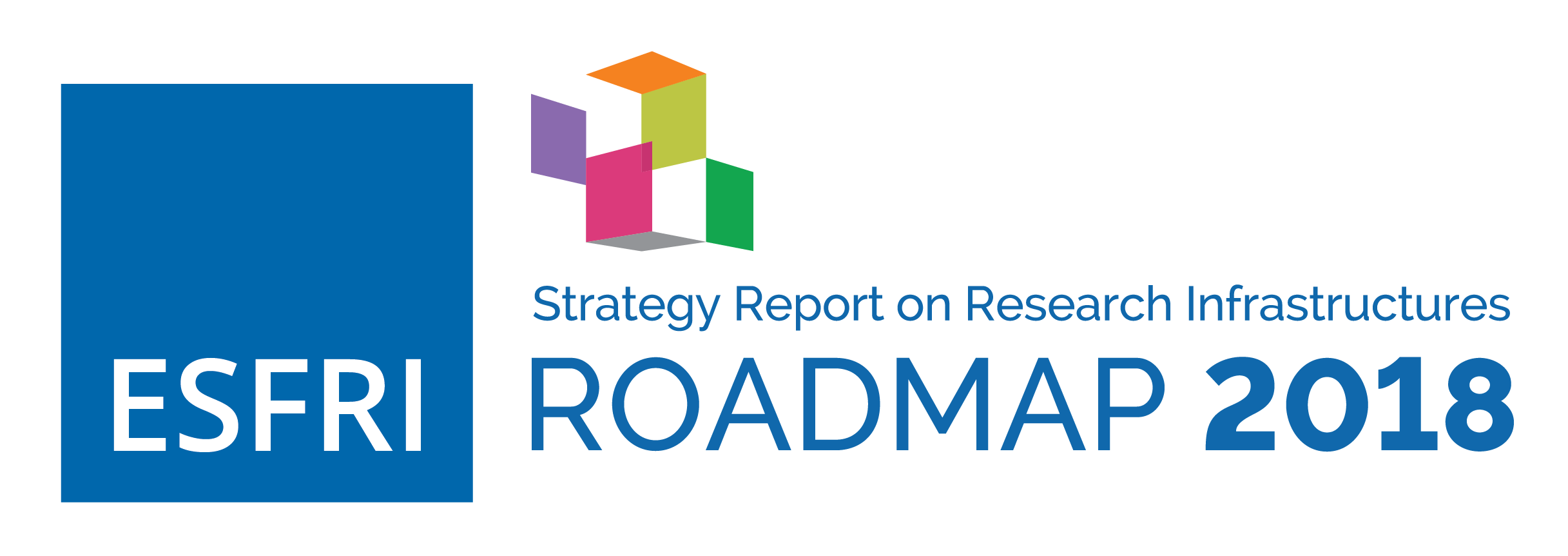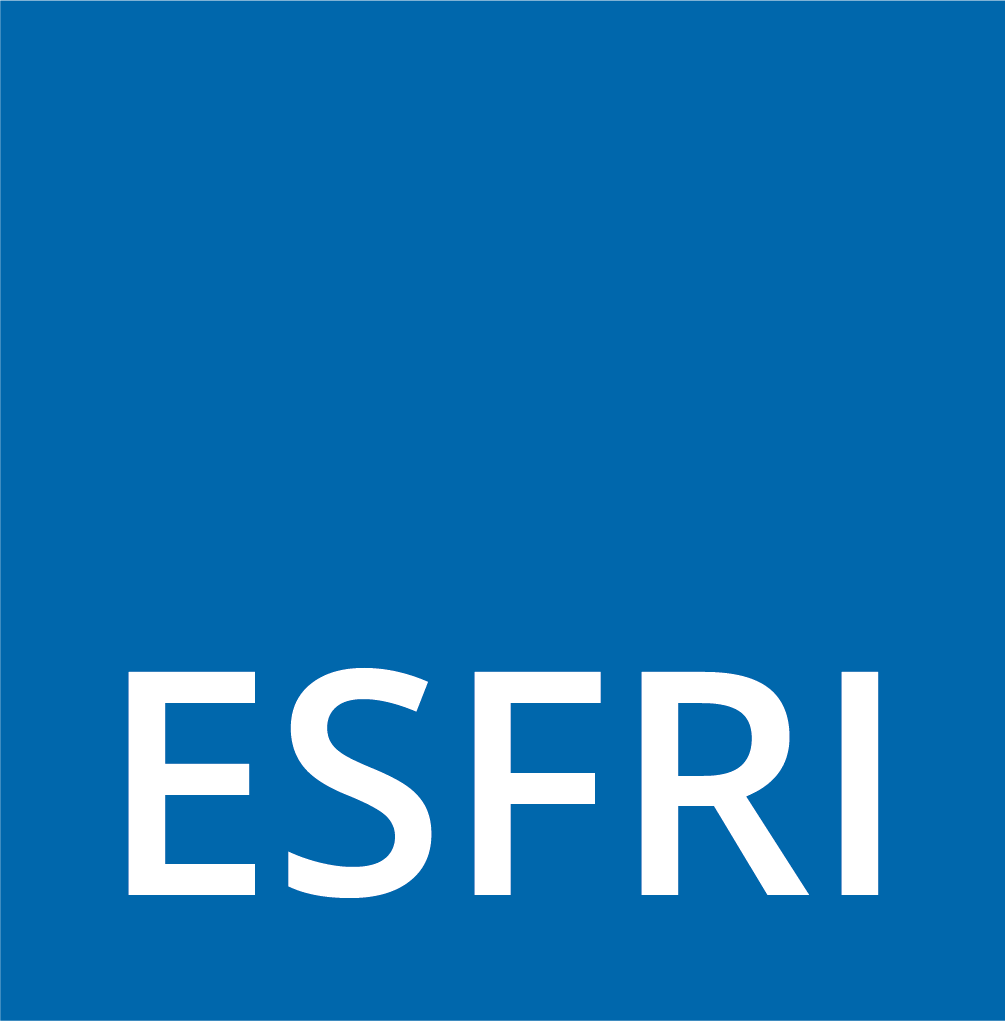Geoshepere
FROM THE SURFACE TO THE INTERIOR OF THE EARTH, FROM GEOHAZARDS TO GEORESOURCES
The solid Earth science is concerned with the internal structure and dynamics of planet Earth and with surface processes. Solid Earth science deals with multiscale physical and chemical processes, from microseconds to billions of years and from nanometres to thousands of kilometres.
Geology, natural hazards, natural resources and environmental processes, in general, do not respect national boundaries, therefore seamless, trans-national integration of measurements and calibrated data is crucial to enable research and societal applications.
Progress in Solid Earth science relies on integrating multidisciplinary data acquired through long-term monitoring, new observing systems, and high-level taxonomy data products. The understanding of environmental changes requires unravelling complex and intertwined processes. Solid Earth science contributes to systemic and highly cross-disciplinary investigations, representing an essential component of the investigation of the Earth system. The ash and gas dispersion during a volcanic eruption is a key example of the multidisciplinary observations required to monitor a natural phenomenon and its underlying processes – e.g. seismic activity, ground deformations, magmarheology – and of the cross-disciplinary implications for meteorology, atmospheric sciences, marine sciences, and the life sciences.
In addition to enable fundamental scientific advancement in understanding planet Earth, RIs in the solid Earth domain provide a crucial contribution to two areas of high societal relevance: geo-hazards and geo-resources. In particular, they:
- enable assessing and mitigating the risks caused by natural hazards, such as earthquakes, volcanic eruptions, tsunamis and landslides;
- make available monitoring infrastructures, experimental facilities and expertise for optimising exploration and exploitation of geo-resources and monitoring of natural resources, including geo-energy resources (i.e. geothermal energy, conventional oil and gas, shale gas), underground storage (carbon, gas, nuclear waste), raw materials, minerals and rare earth elements, and for estimating and mitigating the risk of anthropogenic hazards, such as earthquakes possibly induced by the extraction of geo-energy resources;
- provide the monitoring and research background for a correct use of the underground,taking into account considerations of RIs, long-term environmental sustainability and economic viability.
CURRENT STATUS
The solid Earth domain is represented in ESFRI by a single Research Infrastructure, the ESFRI Landmark EPOS (European Plate Observing System). The large community of RI operators and users chose to establish an all-encompassing RI framework, including all the different RI classes covering seismology, near-fault observatories, geodetic data and products, volcano observations, satellite data, geomagnetic observations, anthropogenic hazards, geological information and modelling, multi-scale laboratories, and geo-energy test-beds for low-carbon energy. As a result, the ESFRI Landmark EPOS integrates several hundreds of individual RIs, distributed in all countries of the Euro-Mediterranean region, with the aim to obtain an efficient and comprehensive multidisciplinary research platform for the Earth sciences in Europe based on novel e-infrastructure concepts for interoperability and provisions of distributed data through Integrated Core Services (ICS) and Thematic Core Services (TCS). In order to enable the required access to inter-disciplinary observations, the ESFRI Landmark EPOS established strategic and synergetic alliances and specific TCSs with existing data- and service-providers, such as ESA for the satellite data , the EuroGeoSurveys for the geological data and interpretations, INTERMAGNET for magnetic data and EUREF for reference GNSS data and products.
In addition to the ESFRI Landmark EPOS, other geosciences RIs and projects are operated globally or in fields currently not formally included in the EPOS RI framework; on-going work is conducted to ensure the required coordination and integration (Figure 4). These include:
- the continental- and ocean-drilling RI and programs (ICDP and IODP/ECORD);
- the collections of exploration data (oil and gas, minerals);
- the underground laboratory facilities established for research on geological waste repositories, now federated by the new initiative EUROL;
- European ERANET programs covering mineral and energy resources, ERA-min ERA-min http://www.era-min-eu.org/, coordinating research and development in Europe in the field of mineral prospecting, coordinating and integrating national infrastructures, data management and technical development to support the joint European research efforts with the aim to contribute to European mineral security; ACT, to advance carbon technologies towards the establishment of a carbon-free society; GEOTHERMICA, for the advancement of geothermal and petrothermal technologies for electricity and energy generation and storage;
- Research Infrastructures projects, for access to data, services and infrastructures in seismology and earthquake engineering SERA; for access to observatories and Research Infrastructures for volcanology EUROVOLC;
- supersites EC projects in GEO, MEDSUV and FUTUREVOLC (Volcano observatories), MARSITE (Near Fault Observatories);
- international organization involved in coordinating national RIs and monitoring networks in seismology and seismic risk, ORFEUS (seismological data) and EMSC (seismological products), key contributor to EPOS;
- research projects on seismic hazard, early warning and risk assessment – SHARE, SAFER, REAKT, MATRIX, STREST;
- e-science Virtual Environment Projects, including VERCE, EUDAT, ENVRI andENVRI+ (with a strong EPOS participation).


Figure 4. Landscape of solid Earth science platforms and key application areas for the geosphere domain. Blue boxes identify the EPOS Thematic Core Services (TCS). Green boxes refer to other geosciences RIs and projects operated globally or in fields currently not formally included in the EPOS RI framework. (GETB=TCS Geo-Energy Test Beds for low carbon energy).
Gaps, challenges and future needs
In the future, integration and cooperation in the Geosphere domain needs to concentrate on a few strategic priorities.
The interactions and collaborations between industrial stakeholders and the public sector – such as the European geological surveys – needs to be strengthened. This also involves the accountability of data and data providers as well as the adoption of effective interaction strategies in which the role of scientists is clear. This is mandatory to face ethic issues in communicating science and geo-hazards to society.
Europe uses about 20% of the world’s primary metal supply, but produces far less than this (3-8%); the situation is worse for critical metals and rare earth elements; new RIs and data are urgent in the fields of geo-resources and mining, in order to achieve meaningful targets of energy and mineral security in Europe; the involvement of laboratories – rock deformation labs, deep underground labs, geophysical exploration data, technologies for environmentally friendly mining, analytical facilities for geochemistry and mineral resources, and modelling facilities are key required ingredients.
There is also a need for RIs to enable member states to fulfil the requirements for scientific research and technological development for safe management of high and medium grade nuclear waste in accordance with international and European legislation – e.g. Directive on the Management of Radioactive Waste and Spent Fuel, 2011.
Ocean and continental drilling equipment and programmes need to be intensified, this to increase geographical coverage in critical areas; this requires to collect observations on the solid Earth from oceanic regions, including dense ocean-bottom geophysical and seismic monitoring and floating devices.
Finally, the ESFRI Landmark EPOS will be completed and it could serve as a European platform for fostering integration and coordination of all observing and surveillance systems and their services at European scale and for increasing global coordination in solid-Earth observing systems, in cooperation with IASPEI, FDSN, IAVCEI, WOVO, GEO and other international programs and organizations.




